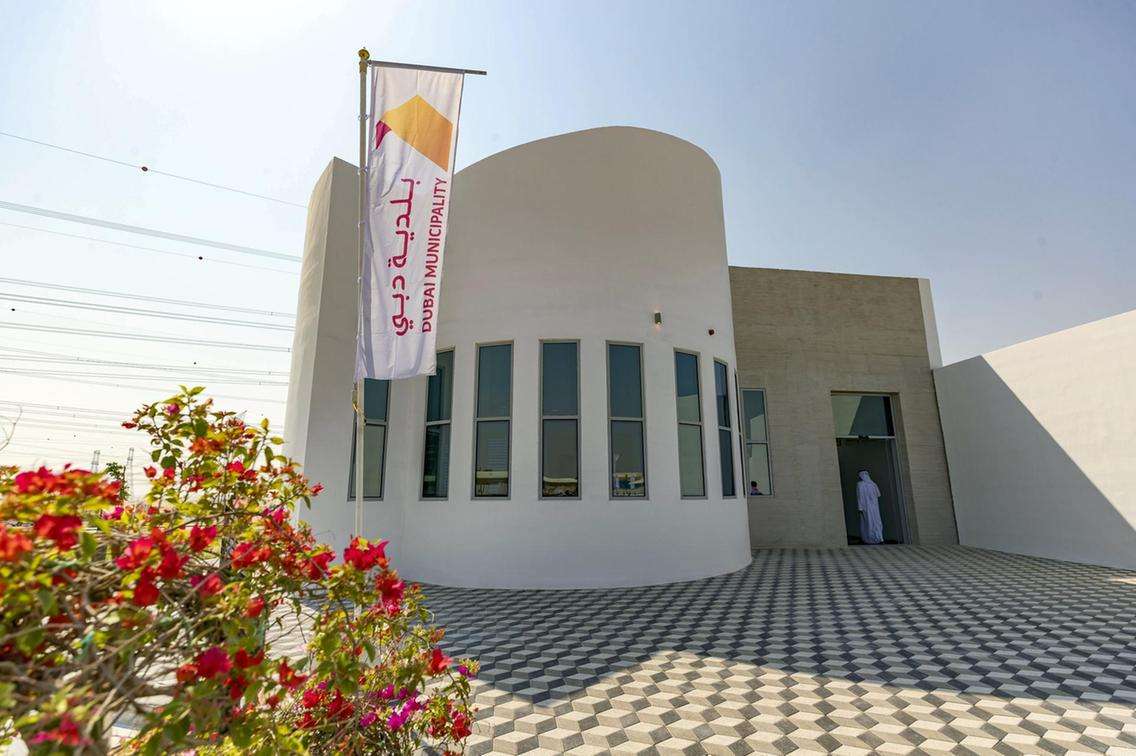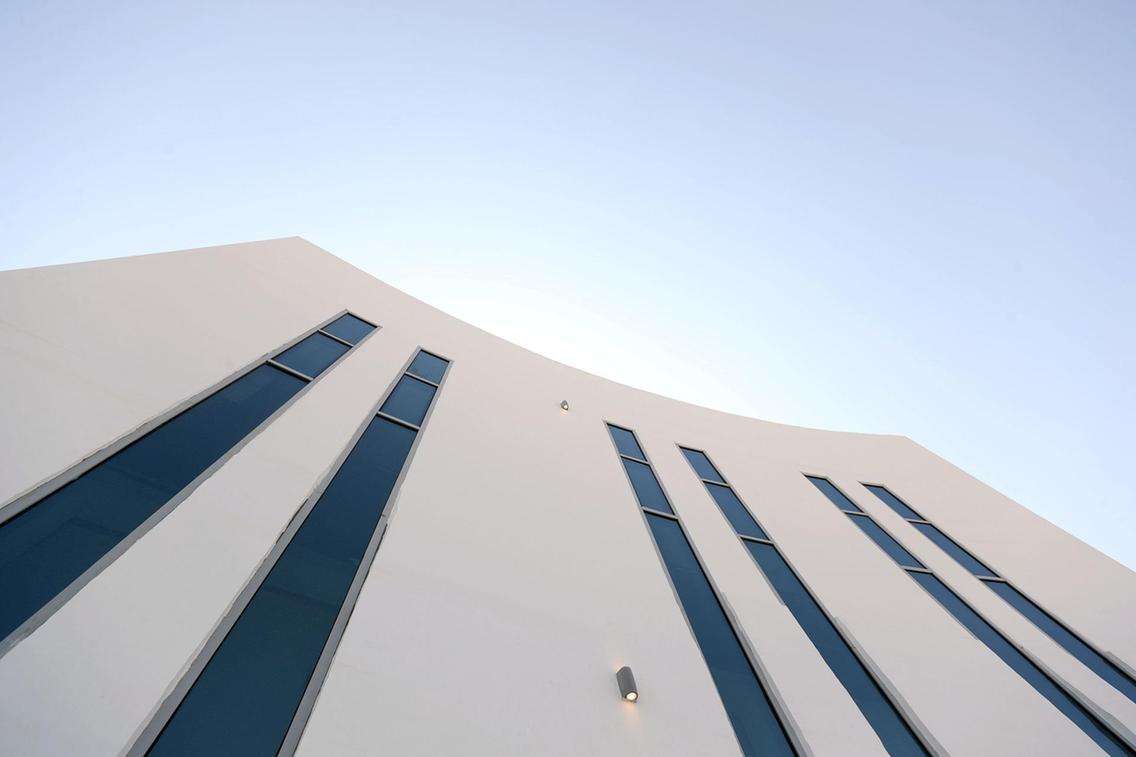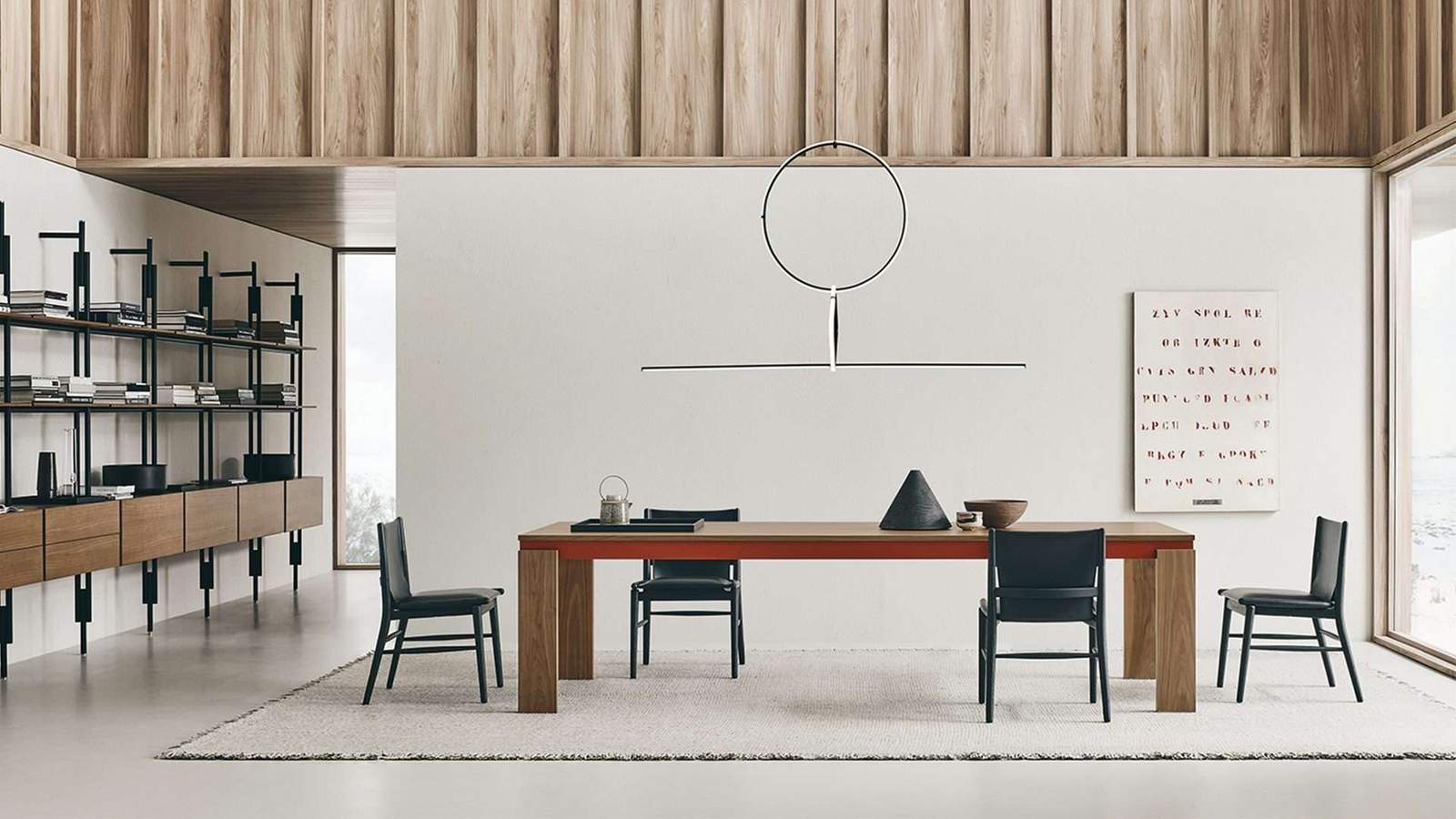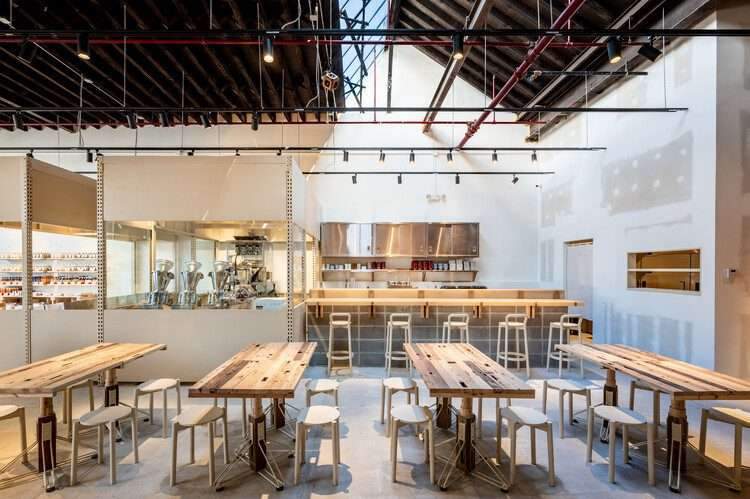3D printing has revolutionized various industries in recent years, and the construction sector is no exception.
3D printing has ushered in a new era in the construction industry,
allowing almost any shape imaginable to be printed and almost borderless structures to be created.
From large multi-storey buildings to bridges, 3D printing has become the go-to technology for architects, designers and builders.
In this article, we’ll look at the applications of 3D printing in construction,
the benefits and challenges it brings, and how it’s transforming the industry.
Below we will tell you more about 3D printing and its potential to be a game-changer in the construction industry.

3D printing applications in construction
The use of 3D printing technology in the construction industry has become a game-changer in industries such as housing, bridges and many more.
3D printing is revolutionizing construction by offering a number of advantages, including faster production and cost savings.
3D printing is used to create a variety of structures, from small components to buildings and bridges.
For example, the Chinese company WinSun Decoration Design Engineering Co. 3D printing of a full-size,
3D-printed, five-story residential building in Shanghai.
In 2017, WinSun also built the world’s first 3D printed bridge in Wenzhou, Zhejiang Province.
In addition to being used to build buildings and bridges,
3D printing is also used to create more complex parts, such as inner tubes and ventilation systems.
This allowed builders to quickly and accurately build interior buildings that would normally take much longer to build.
3D printing can also be used to create complex scaffolding that would have been difficult and time consuming to create using traditional methods.
These scaffolds can then be used to support the later steps of the construction process.
This is particularly useful in tall buildings, as well as in complex constructions that require strong support structures.
In addition to these uses, 3D printing can also be used in the pre-construction phase.
Architects can also use 3D printing to create scale models of their designs.
This allows them to get an idea of how their buildings will look and function before they start the actual construction.
3D printing technology is clearly a game-changer when it comes to construction.
It provides cost savings, faster production and better accuracy than traditional construction methods.
It can also be used to create forms and scaffolding before construction begins.
As 3D printing is widely used, it is sure to revolutionize the construction industry.

Architecture and design
Architecture and design are undergoing an unprecedented transformation thanks to the advent of 3D printing.
For centuries, the construction and design of buildings was done primarily by hand,
with architects and structural engineers drawing in the intricate details of a building’s infrastructure and appearance.
Now, however, 3D printing technology has opened the door to faster,
more efficient and cost-effective ways to build buildings and other structures.
3D printing also offers a number of advantages over traditional building processes.
First, 3D printing can produce structures quickly,
which means that time-consuming design and construction processes are eliminated.
Additionally, 3D printing allows for more detailed designs to be created,
allowing for greater creativity and innovation in the design of buildings and other structures.
Moreover, it is much cheaper to 3D print structures compared to traditional construction methods.
Finally, 3D printing also reduces the amount of waste generated during construction,
which means that the environmental impact of building construction can be reduced.
The potential of 3D printing technology in architecture and design is enormous.
Architects and engineers are already experimenting with curved walls, intricate designs,
and other innovative features that would have been impossible to create using traditional building methods.
As technology continues to evolve, 3D printing is likely to become a staple in the construction and design industry.
Through the use of 3D printing technology, architects,
designers and engineers can create structures that are more efficient, cost effective and aesthetically pleasing,
revolutionizing the way we build and design in the future.

Materials and structures
The incorporation of 3D printing (also known as additive manufacturing) into the construction industry has the potential to revolutionize the way buildings and structures are created.
This technology dramatically changes the materials and structures used in modern construction,
enabling stronger and more sustainable structures to be manufactured in less time.
3D printing is a layer-by-layer process, which means that it requires less material and energy to produce parts and components,
making it an environmentally friendly option compared to traditional manufacturing processes.
Additionally, because the process requires fewer materials,
structures can be built faster and more cost-effectively, while reducing material and labor costs.
In addition, 3D printing also allows for greater design flexibility,
as it can be used to create complex designs, shapes, and components that would be difficult to produce with traditional methods.
3D printing can also be used to create the majority of building components, from walls and columns to floors, ceilings and ceilings.
This means that it is possible to build a structure from a single material without having to build a number of individual components.
This makes it possible to construct buildings in a fraction of the time taken by traditional construction methods, and at lower labor costs.
The materials used in 3D printing are also very strong,
which makes it possible to create structures that can withstand the elements and remain stable for long periods of time.
In addition, some 3D printing materials, such as concrete and metal,
are fireproof and waterproof, which makes them suitable for areas prone to natural disasters or other extreme weather conditions.
Finally, 3D printing is also capable of creating structures that are more aesthetically pleasing than those created with conventional methods.
For example, the intricate patterns and shapes that can be created using 3D printing can be used to create buildings with unique designs,
giving buildings a unique and distinctive look.
Overall, 3D printing is transforming the materials and structures used in modern construction,
making it possible to create buildings that are stronger, more cost-effective, and aesthetically pleasing.
It is a revolutionary technology that has the potential to revolutionize the way structures
are constructed and create a more sustainable future for the construction industry.

Build large 3D printed buildings
The possibilities of 3D printing in construction seem endless.
With the technology capable of producing large-scale 3D printed buildings in a relatively short period of time,
its implications promise to revolutionize the industry and provide a more cost-effective and environmentally conscious approach to building.
The 3D printing process for large structures begins with the structure plans being loaded into the 3D printer.
The printer will then use a nozzle to extrude a thin layer of material, such as concrete, onto the build platform.
This process is repeated layer by layer until the entire structure is complete.
This technology allows for intricate designs and complex structural shapes.
One of the main advantages of 3D printing is its efficiency.
Structure construction time is greatly reduced as almost every part of the building is constructed in a matter of weeks rather than months or years.
Moreover, the materials needed for construction are also reduced because the printer only needs enough material to lay each layer, thus eliminating the need for waste removal.
The process also requires fewer workers as the construction process is done automatically by the 3D printer.
3D printed building construction has come a long way in the few years since it was first introduced.
In 2018, China unveiled a five-story residential building made with a 3D printer.
The building was also constructed from a mixture of cement,
fiberglass and other industrial waste, and was built in just three hours and thirty minutes.
The building was designed to model the potential of 3D printing in construction and to showcase the enormous speed,
cost and environmental benefits that can be achieved.
As technology continues to advance, 3D printing promises to revolutionize the construction industry.
3D printing offers a potential solution to many construction challenges,
thanks to faster construction times, lower labor costs and less material waste.
While it is still a relatively new technology,
ongoing developments are paving the way for more efficient and sustainable building technologies.

Advantages of 3D printing in construction
The potential of 3D printing technology in the construction industry has gained more attention in recent years with its increasing reach and powerful capabilities.
3D printing offers many advantages to the construction industry, most notably cost savings,
environmental benefits, and time savings.
Cost savings: 3D printing brings significant cost savings to the construction industry
by eliminating the need for labor and other resources associated with traditional construction methods.
3D printed components can also be produced quickly, with detailed accuracy and with minimal waste.
What’s more, 3D printing can be done on site, which means transportation costs are significantly reduced or eliminated.
Environmentally friendly: 3D printing is more environmentally friendly than traditional building methods.
They can reduce material use by up to 99%, resulting in far fewer emissions of hazardous air and water pollutants.
In addition, the use of 3D printing to produce the components means that no hazardous chemicals are used in production,
resulting in significantly reduced energy and water use.
Save time: 3D printing is faster and more efficient than traditional building methods,
allowing for a much shorter construction timeline.
3D printed components can be produced quickly and accurately,
eliminating the need for expensive tooling and long setup times associated with traditional production methods.
Moreover, 3D printing can produce complex components that were previously difficult or impossible to manufacture.
Overall, 3D printing is becoming an increasingly important tool for the construction industry,
providing cost savings, environmental benefits, and time savings.
With its ability to produce components quickly and accurately with minimal waste,
3D printing has the potential to completely revolutionize the construction industry.

Challenges of 3D printing in construction
The advent of 3D printing in the construction industry has opened up a myriad of possibilities,
from the potential to reduce costs and save time to creating more sustainable and resilient buildings.
However, 3D printing in construction is not without challenges, from concepts and budget constraints to safety and scale.
One of the biggest challenges of 3D printing in construction is the conceptualization and planning process.
As the technology is still relatively new,
it is important to have a clear idea of the project and the risks associated with it before proceeding with the 3D printing process.
This includes understanding the materials involved,
the limitations of the printing process and whether there are any legal or structural restrictions.
Another hurdle in 3D printing in construction is budget constraints.
The cost of 3D printing materials and machinery is still high,
and even a basic 3D printer can be prohibitively expensive.
Additionally, there is a cost associated with the software and the time required to design and print,
which means that large projects can be costly.
The safety of people involved in the 3D printing process is also a challenge.
Since the technology is relatively new, there is a lack of safety protocols and laws to ensure workers are safe and the public is not affected.
Additionally, the complexity and scale of 3D-printed structures requires more planning and supervision to ensure the project is executed correctly and without risk.
Finally, the amount of 3D printing in construction is still limited.
Although technology can be used to create large structures,
the scale and complexity of these projects is still limited by the available machinery and software.
As technology evolves, the size and complexity of 3D printed structures is likely to increase,
but this remains a challenge at present.
All in all, 3D printing in construction is a revolutionary technology that has the potential to revolutionize the industry.
However, it is important to be aware of the challenges associated with technology to ensure project success,
from concept and budget to safety and scale.
For more architectural news






